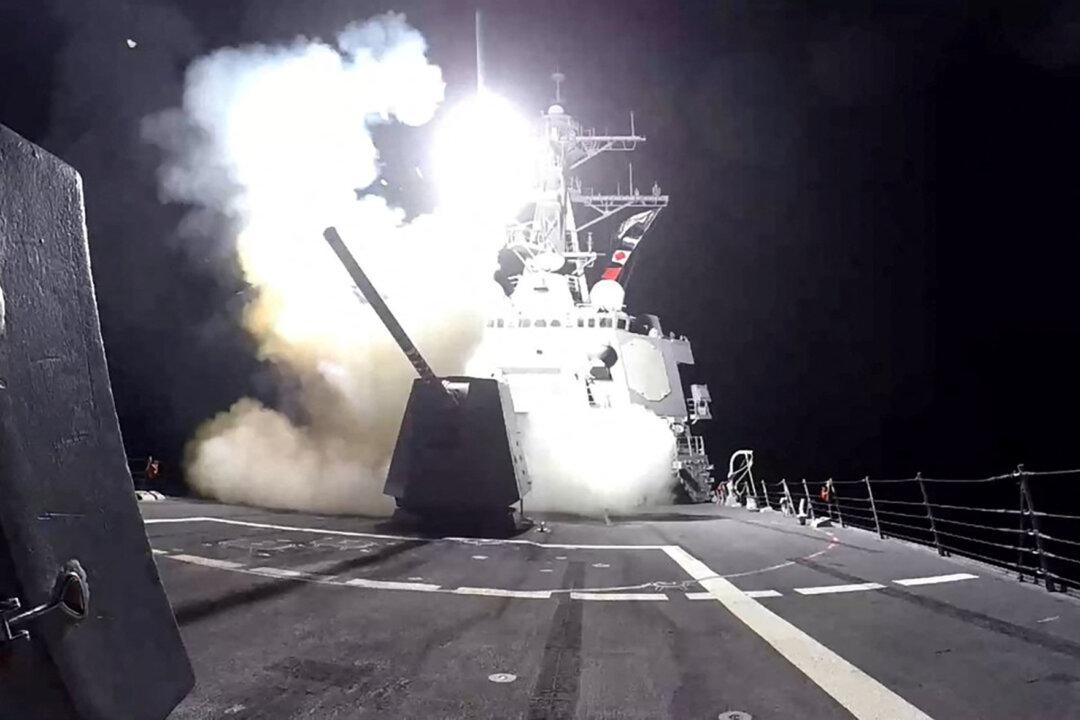Defense scientists from Australia, the UK, and the United States are testing the use of autonomous vehicles in combat environments, the U.S. military announced on Feb. 5.
The trials are designed to test autonomous vehicle behavior and sensor arrays in a contested environment, that is, when they are under attack.




